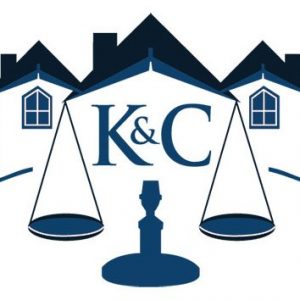
Community association board members are busy volunteers who set aside time amidst work, family, and other personal obligations to serve their communities. In order to ensure this time is used productively, it is crucial to plan ahead so that board meetings can be effective and efficient. Following these key steps will help ensure your community association board is using its members’ valuable time wisely:
- Set a consistent meeting date in advance. Having a consistent meeting date, scheduled in advance, helps board members plan ahead, and avoid lengthy conversations trying to coordinate schedules. For example, a board that meets monthly may choose to meet the third Tuesday of every month. Only deviate from this set schedule on an as-needed basis, such as if you know you will not be able to achieve quorum. For “snowbirds” or board members who travel, Ohio law permits participation in meetings via speaker phone, video conferencing, or any other means that allows participation in discussion.
- Hold your meetings in a distraction-free environment. This can be the association’s club house, public library, or a local church meeting room. Ensure that your meeting location is relatively quiet, and conducive to discussing all of your agenda items, in particular confidential executive session items. While food and beverages are great to have during a meeting, under no circumstances should alcoholic beverages be consumed while conducting association business.
- Create a clear and concise agenda, and send it out in advance of the meeting. This is also an ideal time to circulate any additional documents, such as prior meeting minutes, financial reports, manager reports, and contracts and correspondence that need reviewed. That way, board members can review these documents prior to the meeting, and be prepared to engage in meaningful discussion during the meeting.
- Be on time. Board business cannot begin until there is quorum. The closer to the start time that all members are present and ready to call the meeting to order, the sooner the board can get to work.
- Stay focused and stick to the agenda. Try to avoid falling off topic or engaging in side conversations. The President or other board member chairing the meeting should help ensure that discussion follows the agenda.
- Set a time limit. Board meetings should not last more than ninety minutes unless there is a major issue to address. If necessary, set time limits on discussion of certain agenda items to help move things along.
Any owners who wish to speak at the meeting should be required to contact the community association manager or president in advance, and ask to be placed on the agenda. If your association is required to (or chooses to) hold open meetings, this does not mean that owners are allowed to chime in on the discussion or voting. It simply means that they may observe. Many boards will schedule an open forum to address owner concerns at the start of the meeting. Make this an agenda item and limit it to ten or fifteen minutes, and then move on with the remainder of your agenda.
Planning for your board’s meetings ahead of time, and sticking to the task at hand, will ensure that association business is conducted in an efficient and effective manner.


